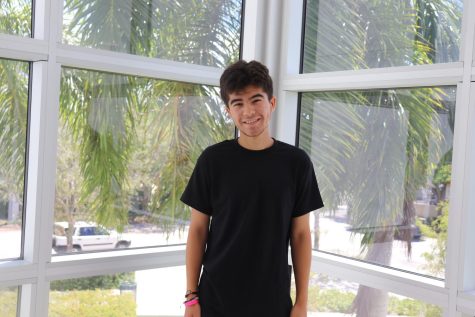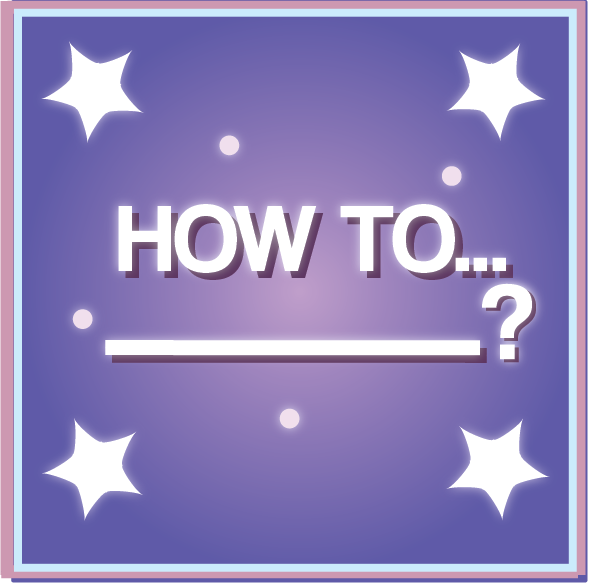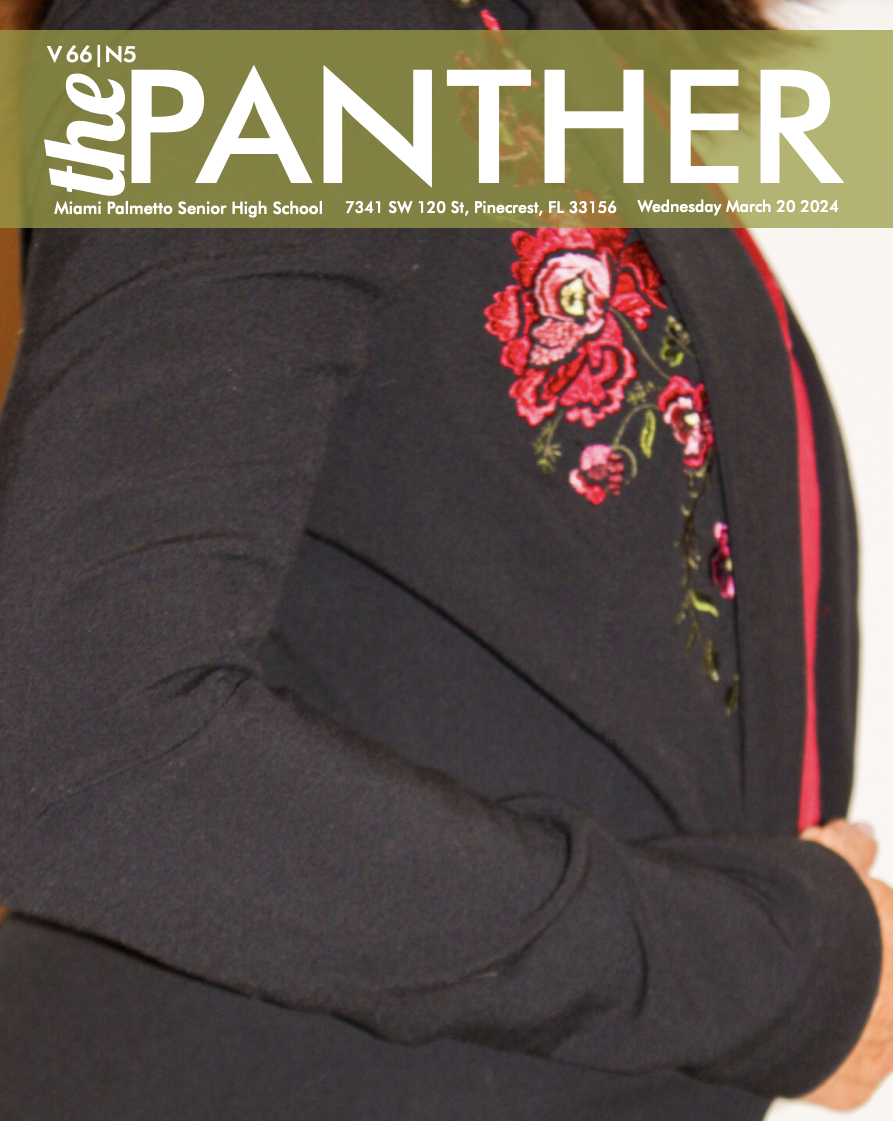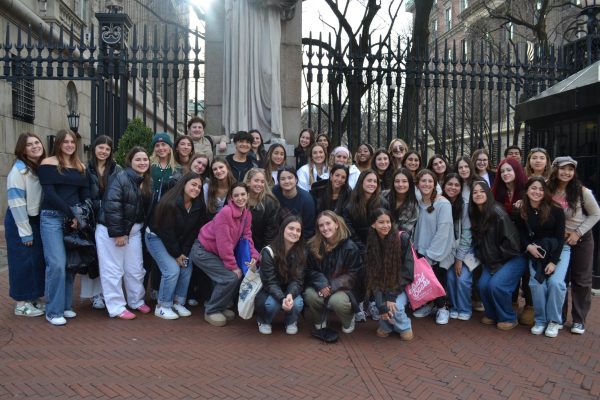Expression Through Creation: The Arts and Mental Health
June 3, 2021
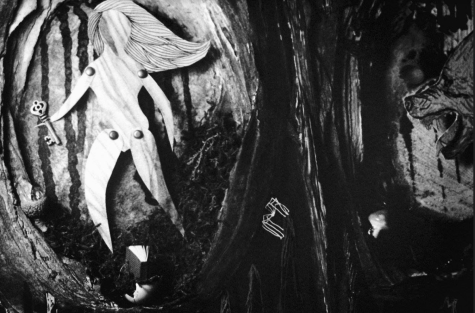
Photo credit: Mrs. King
Although artists have the ability to create intricate and masterful works, at its core, art is one of the most simple and elementary forms of communication available to humans.
Art can come from a place of happiness or love or from the depths of anger and pain. Regardless of the origin of the work, the impact and meaning of a piece may change once those experiencing the art take the context of the piece into account.
In recent years, medical professionals have started to consider art as a real way to help people push through mental health problems such as anxiety and depression. Art Therapy is a nonverbal form of therapy that uses the visual arts to deal with mental health issues. The nonverbal aspect of art therapy has proven its efficacy compared to talking about anxiety which can evoke fear and physical reactions.
Before medical professionals took the arts into consideration, artists struggling with mental health issues found solace in the creation and admiration of pieces sprouted from emotion.
“I struggle with mental health issues as well, and whenever I’m feeling particularly low I definitely think that channeling that into something and using those negative feelings to turn it into something beautiful and positive really helps keep your brain out of that really dark place,” Miami Palmetto Senior High photography teacher Katherine King said.
People of all ages can express themselves through the arts. National Art Honor Society Vice President, Julianna Navarro, firmly believes in the benefits for the improvement of mental health.
“I think being able to express certain emotions that are hard to put into words and putting them into a visual piece definitely helps not only identify what you’re feeling but also kind of cope with it,” Navarro said.
Artistic movements such as the expressionist movement started as an alternate way to view the world. The art would show the artist’s subjective perspective rather than the agreed upon viewpoint of the world. Artists within the movement, such as Edvard Munch, expressed his intense emotion towards situations that occurred to them or humanity as a whole.
Munch suffered from hysteria and hypochondria, both affecting the physical and mental aspects of his body. He channeled these ailments into works showing agony and distress such as ‘The Scream’ and ‘Separation.’
“I think that language only goes so far and not everyone has the capabilities to be able express themselves verbally. So by being able to identify those emotions visually, it’s so much easier for people who not only have that difficulty but also for others who might need help helping them,” Navarro said.

Using art as a vehicle to express what one may be going through can help them out of a dark place. It can also expand upon a great point in their lives.
“When you use art to express happy emotions it just helps you feel better and it helps to magnify the happy and then you’ve made something with your two hands that you can see that was inspired by your happy feelings,” King said.
In particular, throughout history, artists have used the color yellow as a means of communicating happiness and other positive emotions. Vincent Van Gogh struggled with manic depression yet used sunflowers in many of his works to express a high point in his life. His use of yellow is seen in his 1888 work ‘Sunflowers’ in which he conveyed his excitement for the arrival of one of his mentors, Paul Gauguin, to Southern France.
Colors are one of the many ways to convey emotion and symbolize the mental space that an artist is experiencing. Other ways include lighting and physical perspective, enhancing the message conveyed by the artist.
“I think by just identifying art around you not even just like artificial art, like handmade ones, but nature’s art per say. I think that’s a very good way of improving your own mental health. Just being able to identify how art flows in the world around us,” Navarro said.



